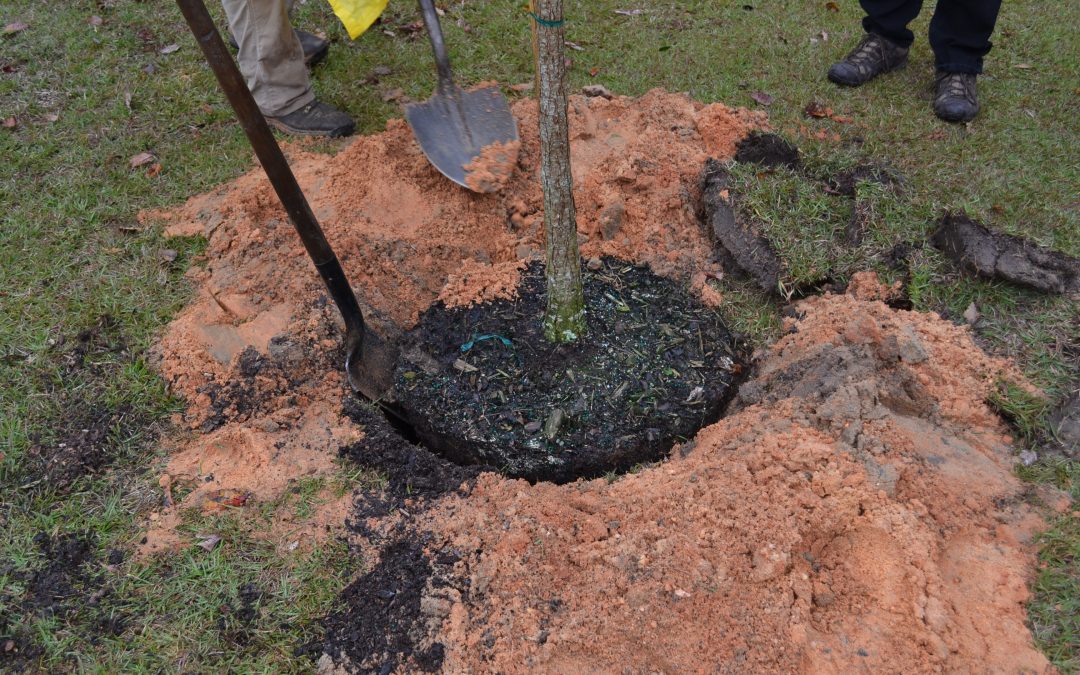
Video: Tree Planting Basics
Our winter season is a good time to install many trees and shrubs. Here is a basic review of a few planting practices to make sure that your new plants get off to the good start.

Our winter season is a good time to install many trees and shrubs. Here is a basic review of a few planting practices to make sure that your new plants get off to the good start.
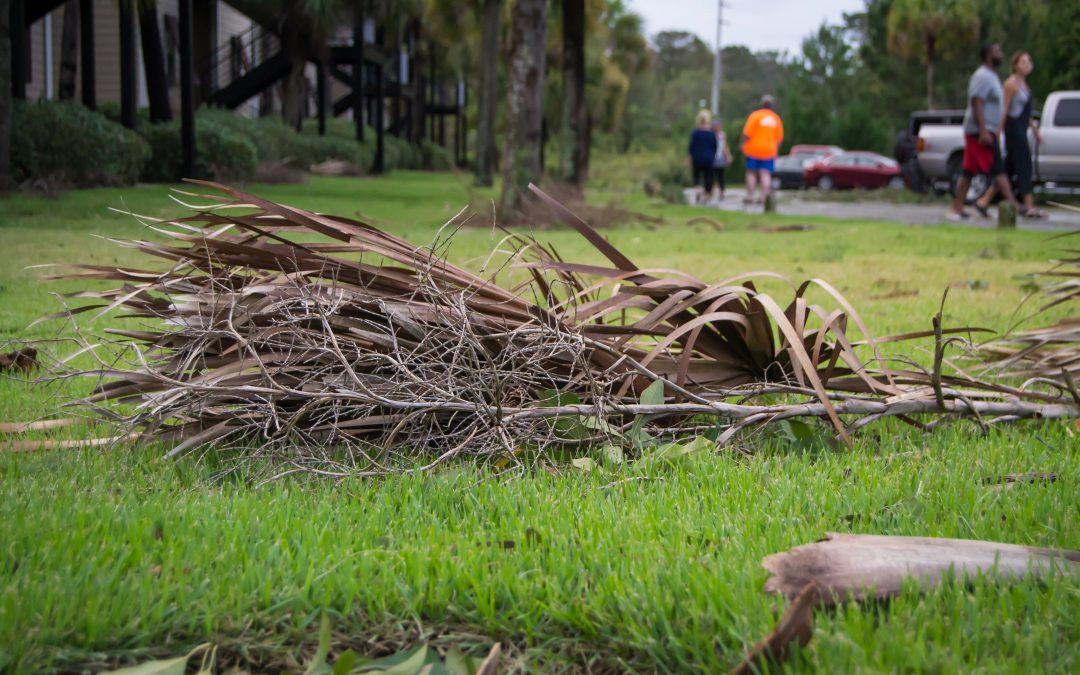
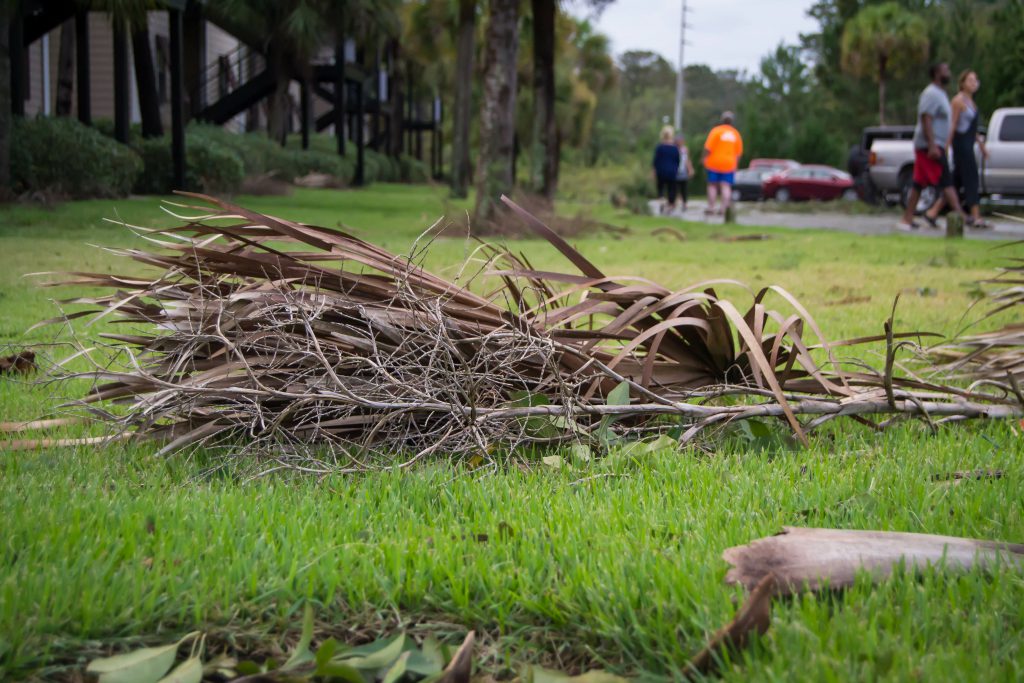
Hurricane Idalia recently tore through the Big Bend area, battering the coast and taking down trees, leaving thousands out of power. While much of the panhandle was safe from the strong winds and storm surge, we still got some gusty weather, and likely had some amount of cleanup to do following the storm. Fortunately for us, this time, it’s mostly a lot of small branches and leaves versus entire trees that our fellow gardeners are cleaning up to the east of us. In addition to being thankful that larger branches didn’t fall here, consider turning those small bits and pieces over to wildlife while collecting your wheelbarrow loads of debris. This is a great opportunity to practice sustainable landscape practices and a few Florida-Friendly Landscaping Principles.
The UF/IFAS Florida-Friendly Landscaping Program has nine principles that it encourages Florida homeowners to practice in their landscape to conserves Florida’s natural resources. Three of the nine principles can be practiced by choosing how you manage the debris that has fallen – #4 Mulch, #5 Attract Wildlife, and #7 Recycle Yard Waste.
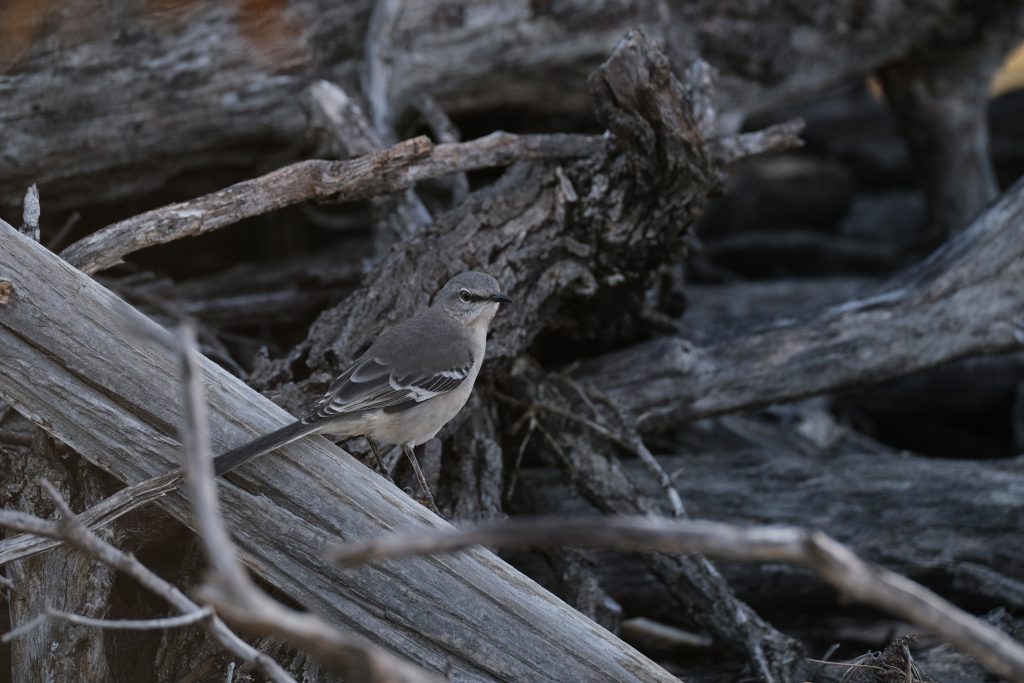
The first reaction when looking out at your landscape after a storm is typically “Ugh, there’s a lot of stuff to clean up.” We often want to “clean it up” and get it back to a sea of perfect cut grass, or at least sort of nice grass. However, the small branches and leaves that fall can be a great resource for wildlife, can provide mulch around a tree, and letting them rest reduces the need for you to haul all that stuff up to the road and all that goes into picking up, transporting, and processing the material.
The larger branches (four to six inches in diameter and larger) can be used for firewood or a naturalistic bed edging. Otherwise, they can go into a large brushpile. Smaller sticks and branches are perfect for one large brushpile, or, if a large pile doesn’t meet your aesthetic desires, a series of small piles scattered or hidden behind some shrubs is a good compromise. The leaves and really small stuff (branches no larger than a pencil) can be raked up for mulch, added to the brushpile(s), or just left in place to naturally rot away and/or get shredded up by the mower.
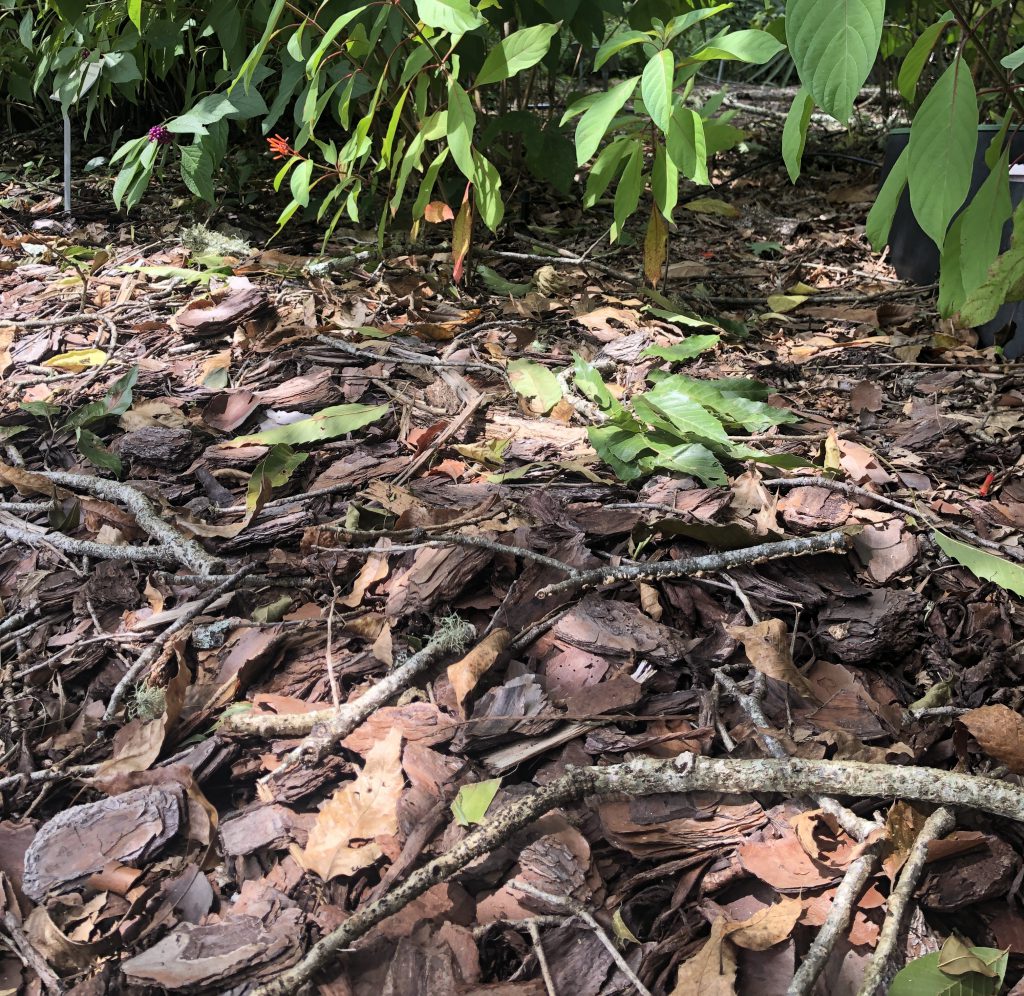
No matter how you leave the debris, consider how important this material is for all sorts of wildlife. Dead wood supports microbes, fungi, and animals up and down the food chain and even adds to your soil organic matter. While it may not look “clean” to us, those bits of “trash” are gold to many critters, especially small insects that bring birds to the yard. So, during cleanup, consider leaving little treats here and there for wildlife and spend less time hauling it to the road! For more information about the Florida-Friendly Landscaping Principles, visit the UF/IFAS Florida Friendly Landscaping Program website.
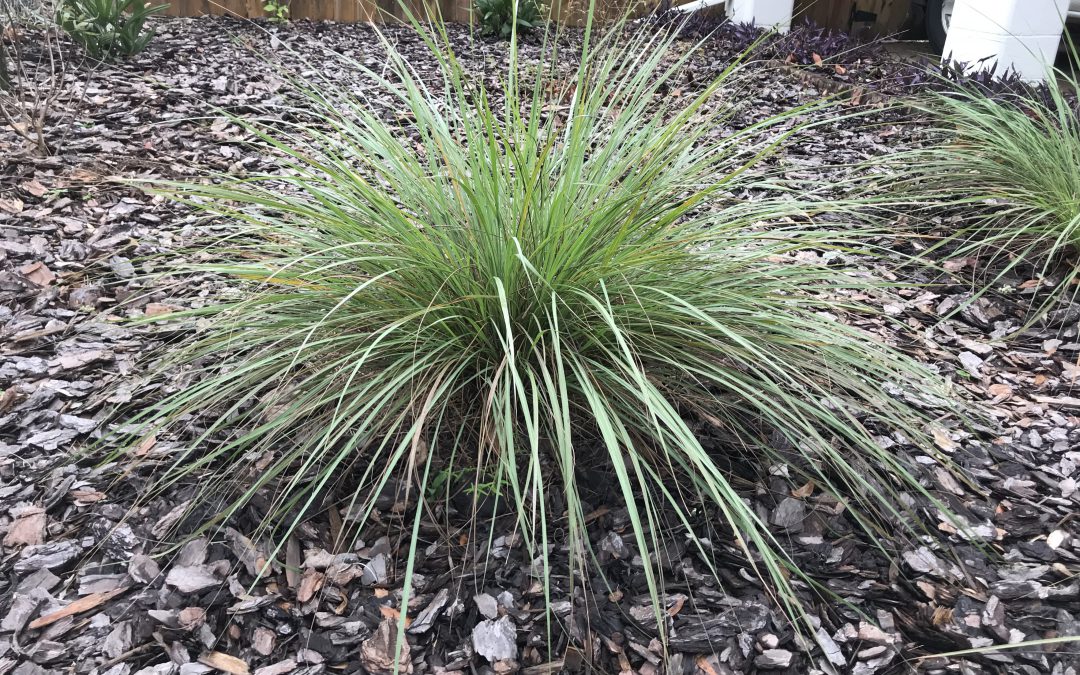
Mulch provides nutrients to soil and plants, reduces weed growth, controls soil temperature, and improves the look of lawns and gardens. It gives the landscape a neat, uniform appearance and is an excellent Florida-Friendly choice for hard-to-mow areas and shady spots. One should keep a 2- to 3-inch-deep layer of mulch on plant beds. Always leave at least 2 inches of space around tree trunks to prevent rot. Create self-mulching areas under your trees by allowing fallen leaves to stay in place. Though bark and wood chips are typically the most common mulch, other forms are just as beneficial. The following are the best overall mulches for Panhandle gardeners!
Bark and Wood Chips
Bark and wood chips are frequently used on flower beds and around small bushes and shrubs. As they decay, the material provides nutrients to the soil. Both materials are inexpensive and can be found at most gardening supply stores. Cedarwood chips are popular for their repellent properties, keeping fleas and other pests away.
Pebbles and Rocks
Pebbles and rocks are effective in retaining soil moisture and minimizing weed growth. They are excellent mulch alternatives for flower beds. Rocks are economical in cooler climates, where heat retained by rock mulch can extend the growing season. Since rocks do not decompose, they don’t provide nutrients to the soil. If you’re looking for a nutrient-rich mulch alternative, rocks are not a good choice. This can be easily remedied by fertilizing your landscape to provide more nutrients. If you decide to use pebbles or rocks, keep in mind that they can be difficult to remove if you switch to a different type of mulch a season or two.
Leaves and Pine Needles
Leaves and pine needles are an affordable nutrient-rich mulch alternative. Rake and gather fallen leaves each season and redistribute them above your soil. For the best results, one should shred the leaves. Let the shredded leaves dry before adding them to your garden to reduce bacteria growth and pest infestations. Pine needles decompose and add nutrients to the soil, just like other organic forms of mulch. They work best with plants that prefer acidic soil conditions, like holly gardenias, roses, and chrysanthemums. You can buy bundles of pine needles at your local gardening store or gather them from your own trees and spread them around your garden.
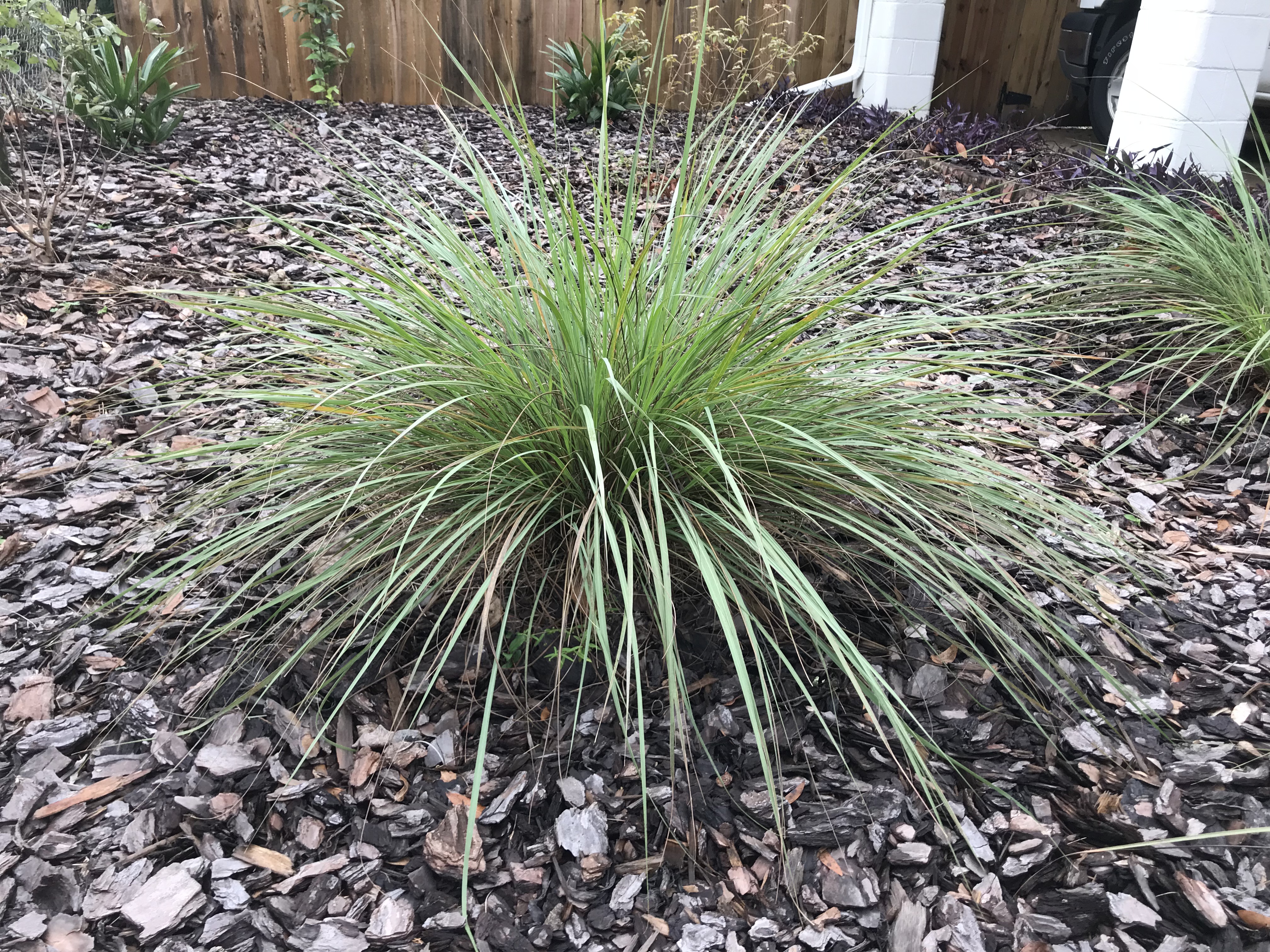
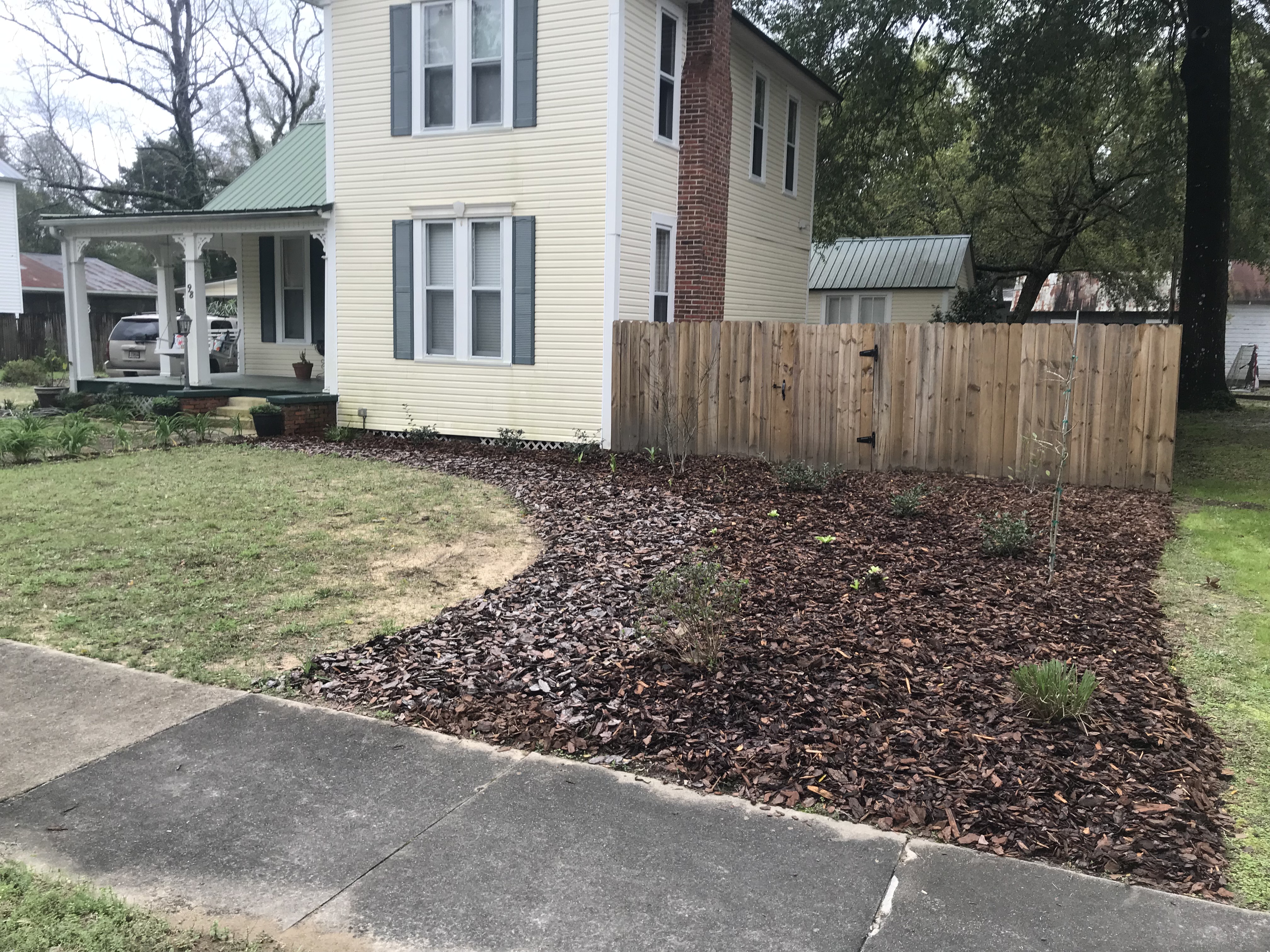
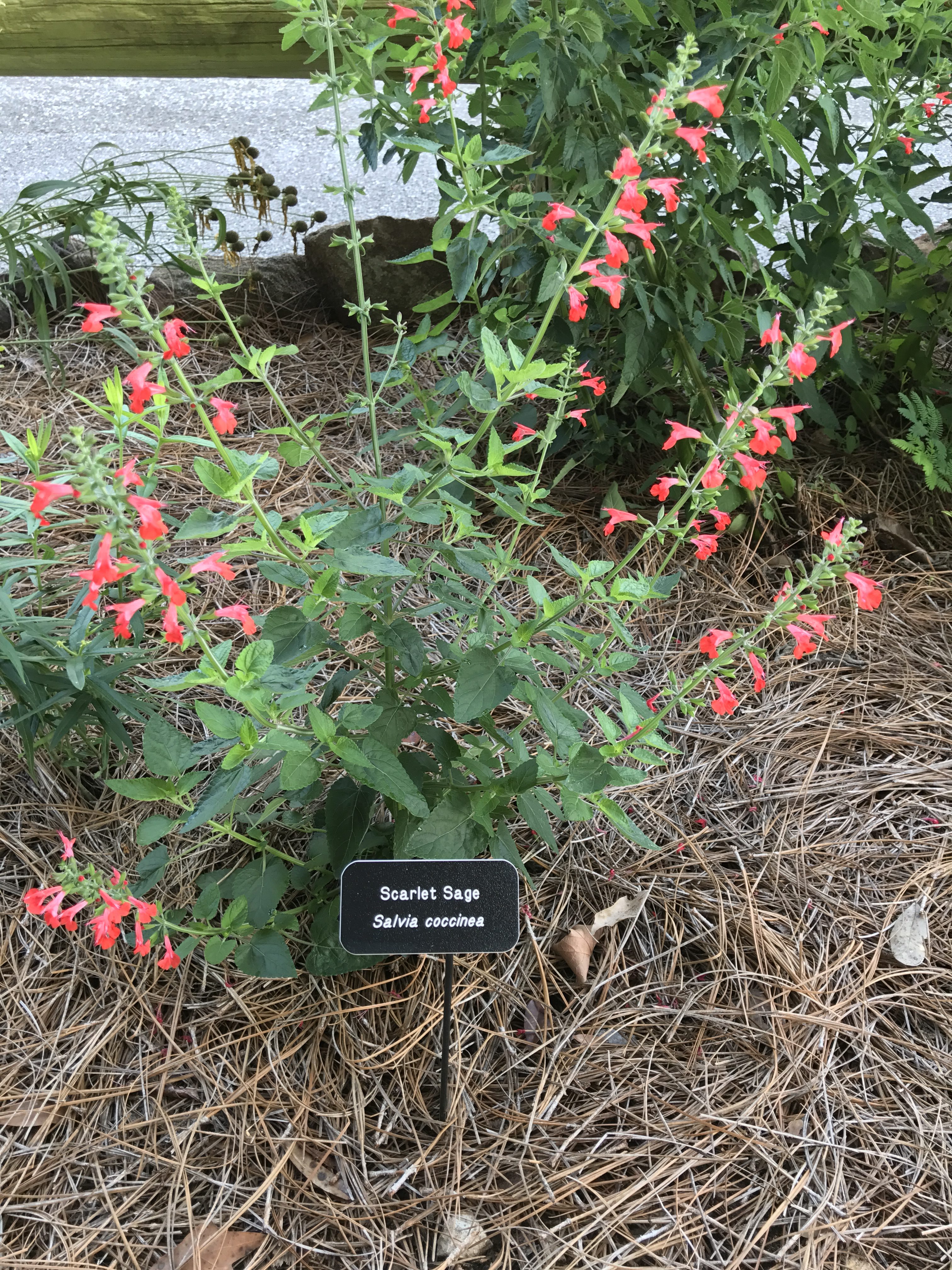
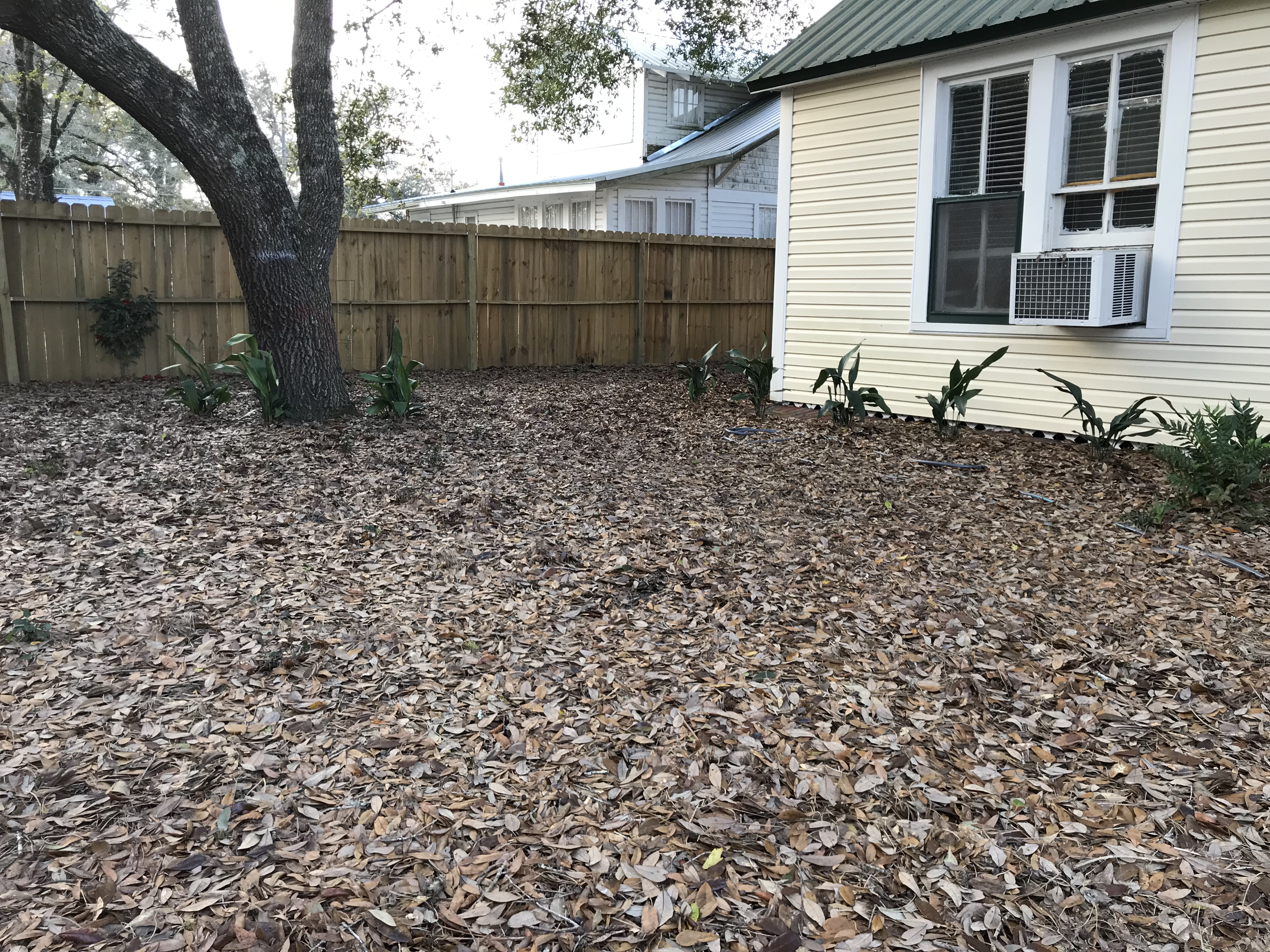
Grass Clippings
Grass clippings are a cost-efficient alternative to traditional mulch. However, they must be dried out or composted before use to prevent potentially damaging heat from affecting plants. If you treat your lawn with chemicals, don’t use grass clippings in your flower or garden bed.
Compost
Compost is an affordable mulch alternative and enriches the soil by adding essential nutrients. Apply compost above your garden or lawn in a thin layer. Compost improves the soil, adding nutrients such as phosphorus, potassium, and nitrogen to your garden. One can make it yourself with discarded vegetable scraps, coffee grounds, dead leaves, and water.
Newspaper
Newspapers effectively keep weeds at bay, retain moisture, and regulate soil temperatures. Newspaper is equally functional compared to traditional mulches, but is not as visually appealing as other options. Moisten the newspaper slightly before laying it above the soil so that it stays in place. Then, add a thin layer of organic mulch on top. Apply five to eight sheets of newspaper at a time. If using newspaper without another mulch on top, shred it before applying it to your garden. Newspaper is biodegradable and will deteriorate like other mulches.
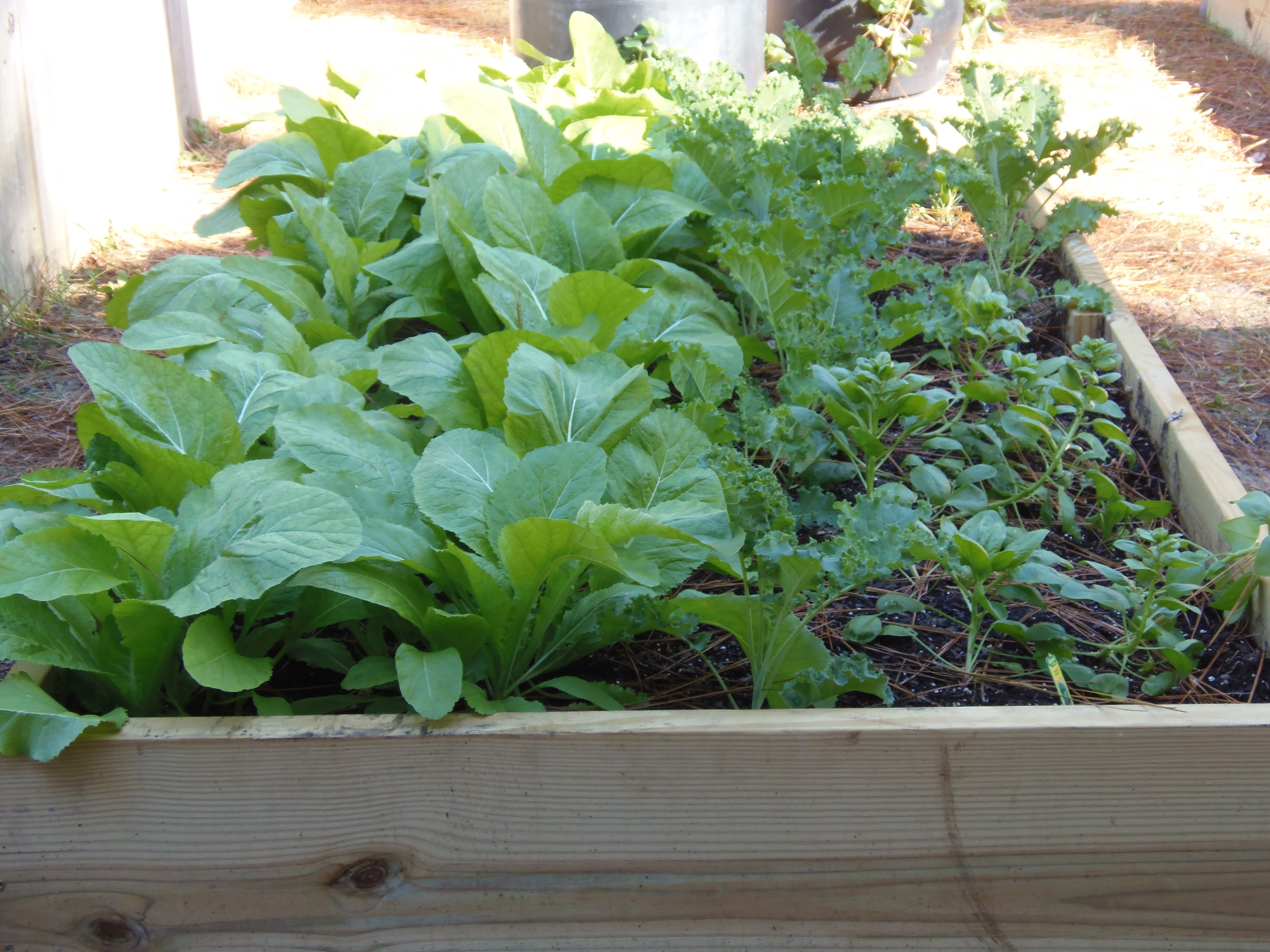
Yay, we are halfway through with August and our summer is winding down! This is the perfect time to start prepping for that fall garden. Growing a productive fall vegetable garden requires thoughtful planning and good cultural practices. This process consists of selecting a site, planning the garden, preparing the soil, choosing the seeds and plants, planting a crop, and nurturing the plants until harvest time. In the Florida Panhandle it can be a challenge to get cool season crops started; there is a balance in starting them early enough to allow them to mature (50-60 days) before a hard frost and getting them through the end of a hot summer.
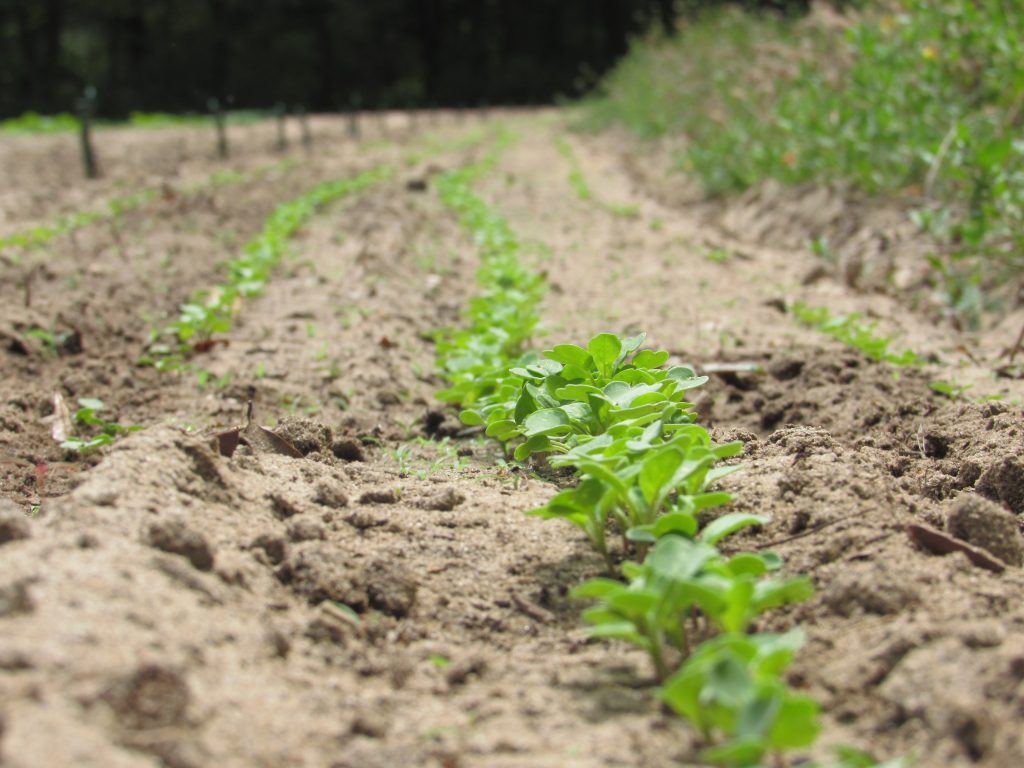
August and September are the main planting times for a fall garden. There are several cool-season crops and a final crop of warm-season vegetables that can be planted. Some good warm season crops are lima beans, cucumbers, eggplant, peppers, and tomatoes. Going into September it will be a good time to establish strawberry plants. Some good vegetables to start growing just around the corner are broccoli, carrots, cabbage, collards, mustard, and Swiss chard. https://edis.ifas.ufl.edu/NorthFloridaGardeningCalendar Herbs that do well are cilantro, parsley, and lemongrass. Mint, oregano, and thyme should be planted in containers as they tend to spread. Mexican tarragon, mint, rosemary, and basil will also do well in September. See Herbs: http://edis.ifas.ufl.edu/topic_herbs
Transplants from the local garden center will get the garden off to a fast start while seeds will offer more varieties to choose from. It is also important to think about your location. A vegetable garden can be in the ground, a raised bed, or even grown in containers. Your plants will need more than just a place to grow. They will also need sunlight, water, air, soil, fertilizer, and care. Most vegetables require at least 8 hours of sunlight. Keep an eye out for pest problems such as insects, diseases and weeds because they will continue to flourish in warm temperatures and high humidity. To help conserve soil moisture a layer of newspaper and mulch can be placed between the rows. Mulch also aids in weed control.
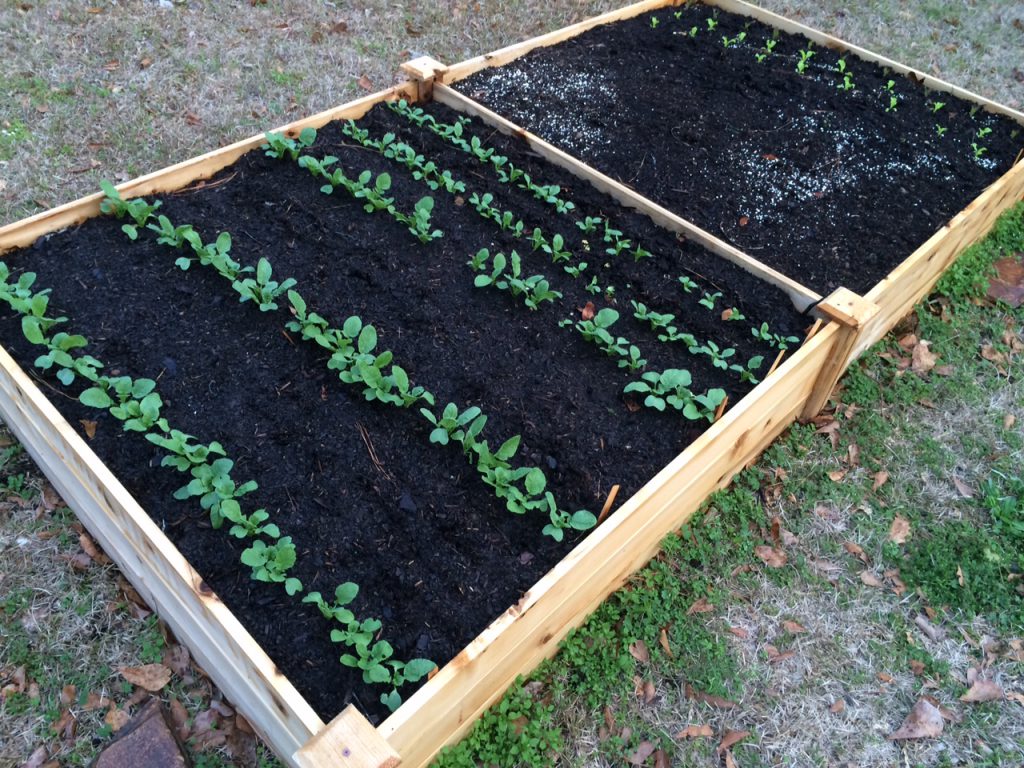
The result of a beautiful, successful vegetable garden is fresh produce to eat, share with neighbors, family, and friends and even the possibility to sell your harvest. With patience and practice your gardening skills will improve every year! Follow the above few tips and you will be well on your way to a great harvest! For more information about starting a fall garden or any other horticultural or agricultural topic, contact your local UF/IFAS County Extension Office. Happy Gardening
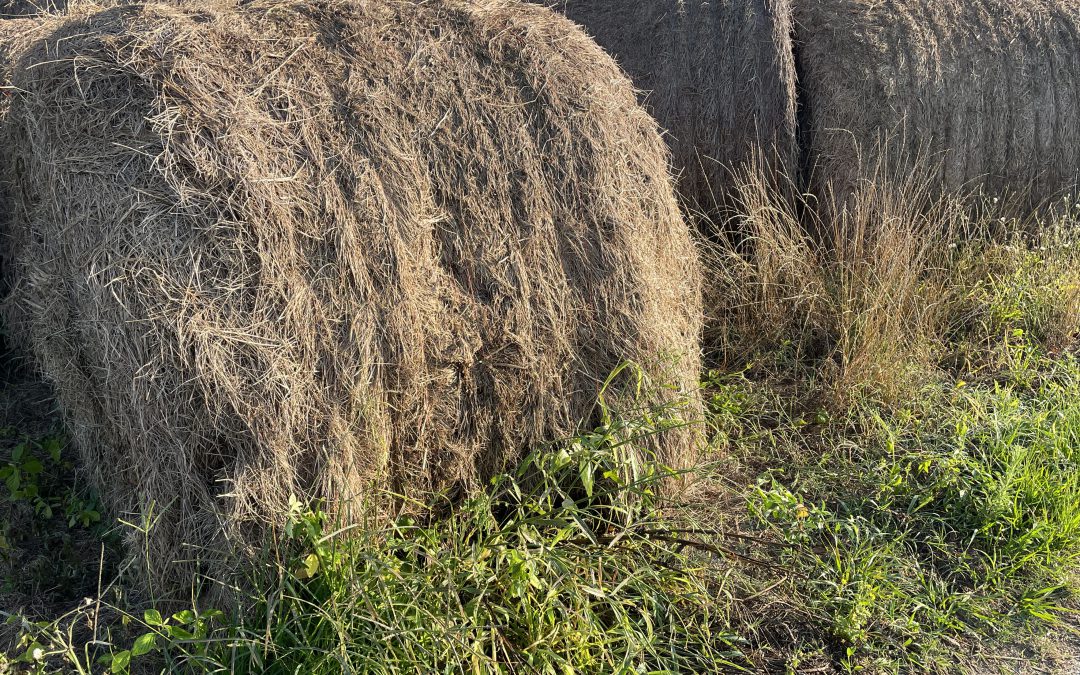
This article was written by Kacey Aukema, University of Florida/IFAS Extension – Walton County.
I recently met with a home gardener who brought in tomato plants showing strange symptoms on the leaves. Together we puzzled over the odd leaf-curling symptoms that were affecting their tomato beds, but not other areas of the garden. Upon further investigation it was revealed that hay, used as mulch, had recently been spread around the tomatoes, but not in other areas of the garden. It quickly became apparent that the symptoms were likely related to herbicide residual on the hay that was used. The herbicide aminopyralid was the potential culprit. In this case the residual herbicide was not enough to outright kill the growing tomato plants. However, it was interfering with their growth and development and is a cautionary tale reminding us how important careful sourcing of hay used in mulch or compost can be.
What is aminopyralid and how does residual herbicide affect non-target plants through mulch, compost, etc.?
Aminopyralid is a herbicide active ingredient found in several popular pasture products such as GrazonNext™, Milestone™, Chapparral™ and similar products. This and other similar chemicals have residual activity and can be retained in plant tissues, animal manure, and soil, which makes them a very useful for controlling certain troublesome broadleaf weeds in grass pastures for an extended period of time. Unfortunately, this residual activity increases the potential for causing trouble in vegetables or other crops when hay or animal manure from aminopyralid treated pastures is mistakenly used for mulch, compost, etc. In Florida, aminopyralid containing pasture herbicides are often used as the “go to” for control of hard to control weeds like horsenettle and tropical soda apple which are potentially toxic to livestock. Tomatoes, potatoes, and eggplant are in the same genus (Solanum) as those weeds and are therefore very susceptible to this herbicide as are many other vegetable and other broadleaf crops.
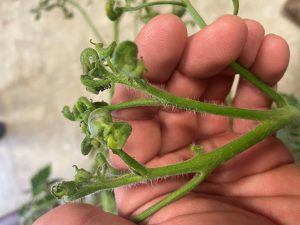
Residual aminopyralid damage on a tomato plant. Photo Credit: Kacey Aukema, University of Florida/IFAS Extension – Walton County
How can I know if hay is safe to be used for mulch or compost?
Before acquiring hay to be used as mulch or to compost for vegetable beds, be sure to ask if the hay is free of herbicides with residual activity. Find out what was sprayed on the field in the last two seasons before the hay was harvested. Given that hay destined to be used as mulch or compost is usually old and spoiled, management history of a particular hay bale is likely to be hard to pin down. Do not trust hay to be used for mulch or compost in vegetable beds if prior spray management details are unknown. Also consider that well-stored hay may retain residual herbicide better and for a longer period of time than weathered hay, as the active ingredient is less subject to weathering and biological breakdown.
Those who use broadleaf herbicide products with residual activity such as those containing aminopyralid are subject to follow herbicide label guidelines. For instance, supplemental labeling of GrazonNext HL™ (including FL, AL, and GA) indicates that hay/straw from fields sprayed in the past 18 months should not be used for compost, mulch, or mushroom spawn. When in doubt refer to the label of the particular herbicide product used on hay you purchase for any restrictions and/or reach out to your local county extension agent if you have questions about a specific herbicide product. Relevant use restrictions and considerations like in this example should be conveyed between hay producer and buyer.
Perhaps you already have some hay for mulch/compost with an unclear management history, or you would like to double-check and be sure that it is safe. How could one test it to see if it was safe to use? There is a test called a “bioassay”, conducted by growing susceptible plant seedlings like tomatoes or beans in small pots with the hay/compost/mulch in question incorporated into the potting soil. Then, the test plants can be observed to see if any herbicide symptoms develop to know whether the material is safe to use, before using the hay over a larger area or garden where there would be more risk. For more information on how to conduct a bioassay see: Herbicide Residues, in Manure, Compost, or Hay. Similar in-field bioassays are also recommended when rotating areas out of pasture and into other crops when pasture herbicides with residual activity were used. If susceptible crops like peanuts are grown in areas where such herbicides were used in the recent past they can be damaged, as in this case in an older Panhandle Agriculture Newsletter post.
When used according to label instructions, herbicides with residual activity are very useful for control of broad-leafed weeds in pasture and hay fields and may reduce the spread weeds through seed coming in on purchased hay. However, problems can emerge when hay from fields treated with these products change hands without the use restrictions and considerations being adequately explained. Therefore, caution should be taken by both producer and buyer to avoid damaging sensitive crops when hay or livestock manure are used for mulch or compost.